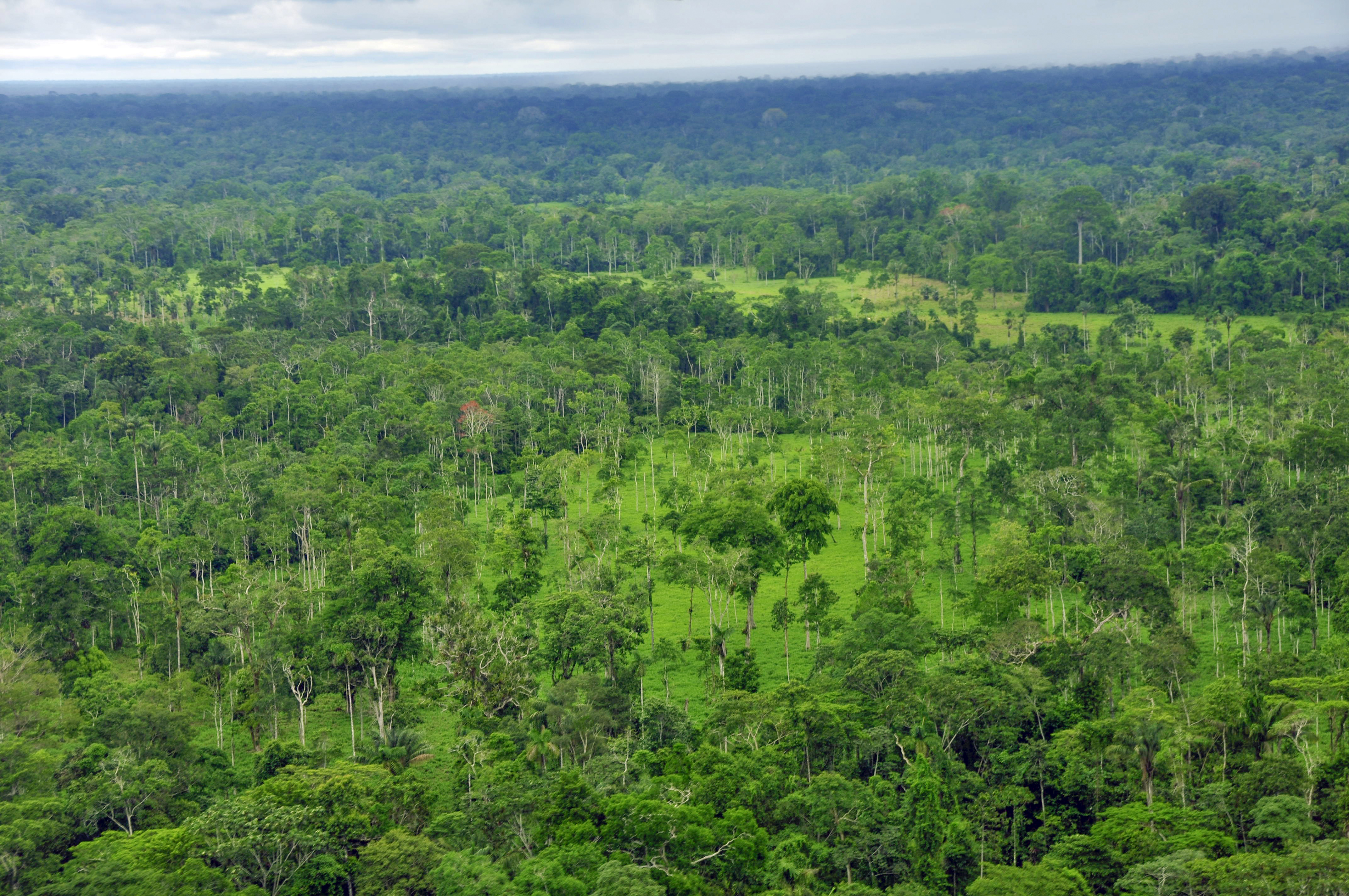Worldwide—Political, Economic & Technical Analysis to Support the Biodiverse Landscapes Fund
Client: U.K. Department for Environment, Food & Rural Affairs
Duration: 2021-2021
Region: Worldwide
Country: Worldwide
Solutions: Environment
DAI carried out a political economy analysis and technical assessment of five transboundary landscapes on behalf of the U.K. Department for Environment, Food & Rural Affairs (DEFRA). These landscapes—all identified as high-priority biodiversity hotspots—were located within and around the Kavango-Zambezi Conservation Area, Western Congo Basin, Lower Mekong, Andes/Amazon, and in Mesoamerica. The contract was awarded under the EACDS Lot B mechanism.
Over the course of this three-month study, we assessed the biophysical characteristics and potential of each landscape, identified factors affecting the political economy of the regions, and reviewed existing initiatives in the sector. The assessments were to help the client understand the key drivers and systemic issues affecting biodiversity loss and environmental degradation, which would, in turn, inform intervention strategies delivered under the Biodiverse Landscapes Fund.
The Fund was announced by the U.K. Government in 2019 to tackle the “triple challenge” of poverty, catastrophic biodiversity loss, and the climate emergency. The government assigned £100 million in financing to the Fund, a seven-year program that works across transnational landscapes in Africa, Asia, and Latin America. The focus is to protect and restore landscapes through sustainable development and environmental protection practices, thereby improving the quality of ecosystems and safeguarding against biodiversity loss.

Select Results
- Assessed the biophysical characteristics and potential of each landscape, factors affecting the political economy of the regions, and reviewed existing initiatives and interventions in the sector.
- Selected, contracted, and managed five research teams across the time zones.
- Designed and adapted conceptual political economy analysis framework to each landscape and based on specific biodiversity-related problem statement (such as wildlife trade, logging, land conversion for subsistence agriculture, commercial farming, mining, people, and wildlife conflict, etc.).
- Carried out desk research and primary research including key informant interviews across 18 countries.
- Drafted political economy analyses and technical assessments for each of the five transboundary landscapes. This entailed mapping out the direct and indirect drivers of biodiversity loss in each of the landscapes.
- Identified context-specific pathways to tackle each of the problem statements.
- Scoped out intervention strategies and present strategic case and plausible interventions in each of the landscapes. Examples of interventions range from adopting wildlife economy approaches with local communities at the core, strengthening protected area management, grants for community stewardship of protected areas, supporting bioeconomy value-chains and certification of deforestation-free forest commodities, high-level policy dialogue on tackling illegal wildlife trade, strengthening land use planning and management systems.
- Carried out an economic appraisal of selected intervention pathways for each landscape.
RELATED CONTENT:
Bosnia and Herzegovina—Technical Assistance in the Energy Sector (EU4Energy)
The EU4Energy project aims to support Bosnia and Herzegovina in reforming its energy sector in alignment with the European Union energy acquis.
Read More